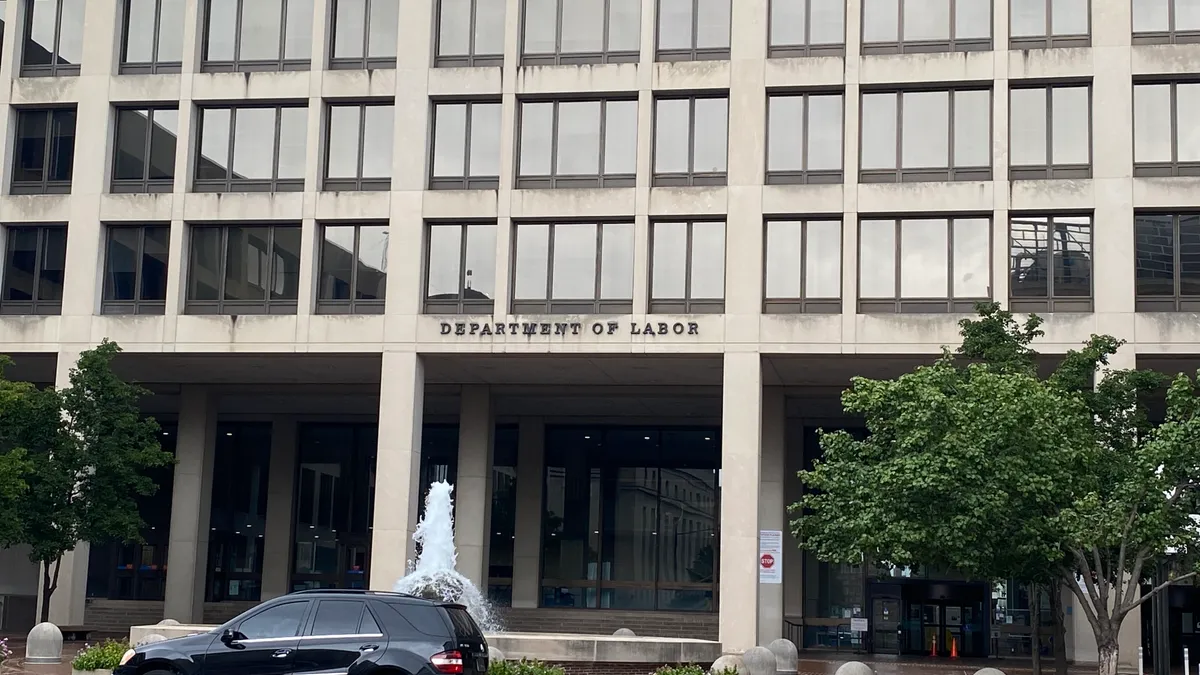Dive Brief:
- The best time of the year to engage employees are the months of October and November, according to new analysis from Dynamic Signal. The data found that employee engagement rises 13% from September and 6% above the monthly average for the year.
- The analysis also found an uptick in business activity at the start of the year's fourth quarter, which Dynamic Signal said coincides with the first spike in employee engagement in October and the second highest in November, at 4% on average for the year.
- "For many organizations, the end of the year means added urgency to accomplish business goals," Dynamic Signal CRO Joelle Kaufman said in a news release. "Our data shows that Employee Communication and Engagement is one of the most important factors that impact an organization's bottom line. This key period beginning in October represents a valuable opportunity for employers to engage their workers and align around goals, objectives and business outcomes."
Dive Insight:
Research suggests employee engagement follows patterns set both by an employer's business cycle and the worker's individual sense of well being. For many companies, the fall season is a time when fourth quarter goals drive a sense of urgency, which can boost employee engagement rates.
But employee engagement rates may also shift during another season in a more negative way: the period just before an employee quits. According to a Peakon study released in April, workers' loyalty and engagement decline nine months before they quit. The reasons they gave for leaving were unchallenging work, cultures that suppress conversations about pay, toxic managers and a lack of personal development opportunities.
Engaged employees are productive and generally successful, but happiness also should be part of the equation, according to some experts. However, since employees have an individualized sense of happiness, employers may face a challenge in helping each employee achieve a sense of job satisfaction that meets their ideal. "While happiness is subjective, we know there are some common threads around what typically contributes to happier employees: feeling challenged, having opportunities for career growth, and achieving work-life balance, to name a few," Cara Brennan Allamano, senior VP of HR at Udemy, told HR Dive for a previous article.
Because happiness is often circumstantial, employers can focus on engagement, Vivian A. Woo, senior people science analyst at Culture Amp, previously told HR Dive. "This is why organizations focus on employee engagement. It's influenced by aspects that are within their control," she said.












